HDR Photography
HDR stands for High Dynamic Range and is a technique in photography where multiple images at different exposures are combined into one image using software. The number of images that you need depends on the difference between the lightest and darkest areas of the scene, You produce the images by bracketing exposures of the images, keeping the aperture constant and varying the shutter speed. This will produce images that range from the very dark to the very bright.
You then use software like Photomatix Pro to combine the image into a HDR image, this 32 bit file. This is two stage process, the combined HDR image looks very strange as you are not able to view the full range on your monitor. In photomatix Pro you can apply to the HDR image either a tonal mapping or exposure fusion. Which one to use depends on your image and what effect you want to produce.
You can also use Photoshop "Merge to HDR" option to create a HDR image.
When doing HDR Photography you should remember the following points.
- Don't change the ISO or the aperture
- Use a tripod if possible (the images should be the same)
- Use Manual focus ( You can use auto focus when you are setting up the shot, then switch it off as you don't want the focus point to change between shots)
- If you don't have a tripod, then use auto bracketing and a camera with a very fast frame advance so that the chance of movement between image is minimized. Photomatix has an option to match up images that are slightly different.
- Create the HDR image from the minimum number of images, the more images you have the greater the chance of noise in your final image.
- Use the spot meter of your camera to determine the dynamic range of the image. Metering the lightest and darkest parts of the view can tell you stop exposure difference and thus the number of images you need to take.
- Shoot on Manual instead of Av.
- Be careful of Chromatic aberrations, this is when there are bands of red/cyan or blue/yellow areas in the scene, use the reduce the Chromatic aberrations option in photomatix.
- Digital noise is exaggerated in HDR images, always try to shoot the lowest ISO possible and/or use the reduce noise option in Photomatix.
- Try to avoid movement in your pictures as this could cause ghosting in your final image.
- Some types of movement can give you cool effects, like moving water in a stream.
In applications like Photomatix Pro, you can produce realistic HDR images or Artistic images.
The example below three separate images taken at different exposures
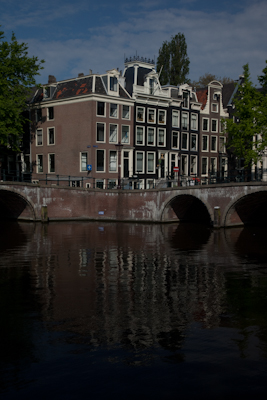 |
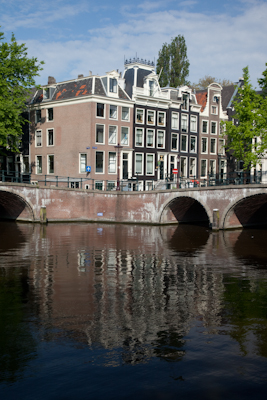 |
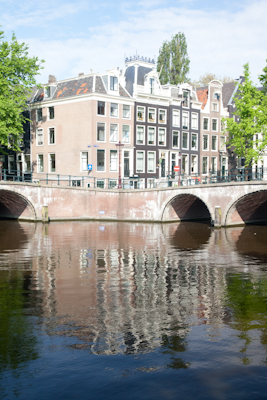 |
| - 1 3/4 EV |
1/40 sec f11 |
+ 1 3/4 EV |
Using Photomatix the following images have been produced
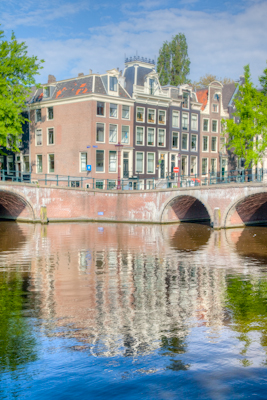 |
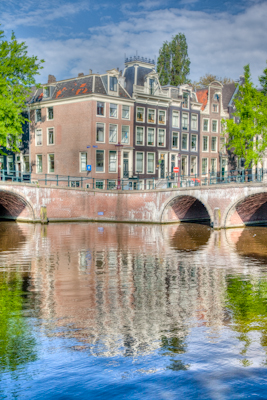 |
| Tone Mapping Details Enhancer Default |
Tone Mapping Details Enhancer Painterly |
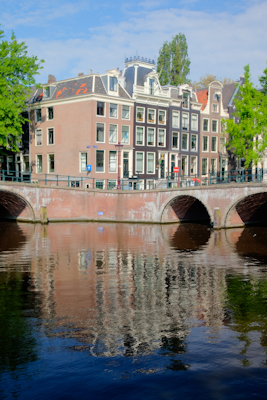 |
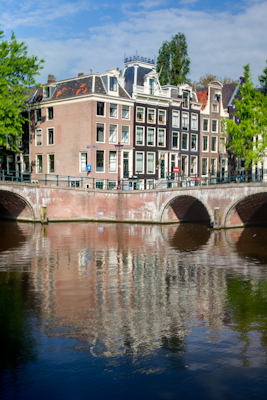 |
| Tone Mapping Tone Compressor Default |
Fusion Adjusted |
Pseudo HDR
It is possible to create a HDR image from one single image using Photomatix and Tone Mapping. You open the file in Photomatix and use the settings to adjust the image.
Another method of creating Pseudo HDR images, is to shot in raw, create copies of the file and then adjust the exposure of each image so that you have detail in the highlights in one image and details of the shadows in the other. You then import the original and copies into Photomatix and create the HDR image.
This method allows you to create HDR image when there is a lot of movement in the image.
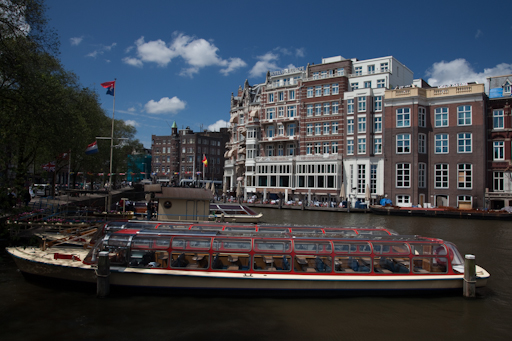 |
 |
| - 2 EV |
1/100 sec f11 |
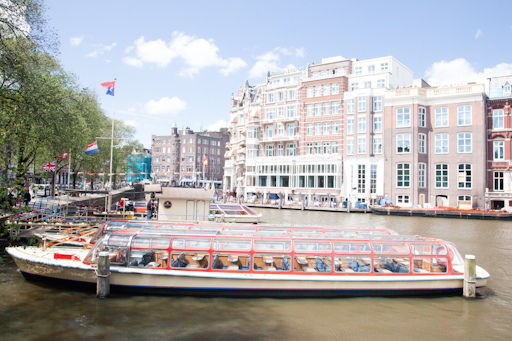 |
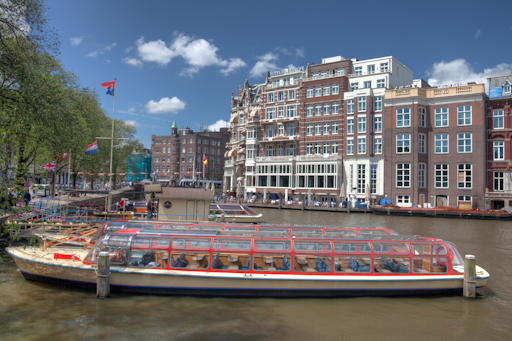 |
| + 1 EV |
Tone Mapping Details Enhancer Smoother |
|